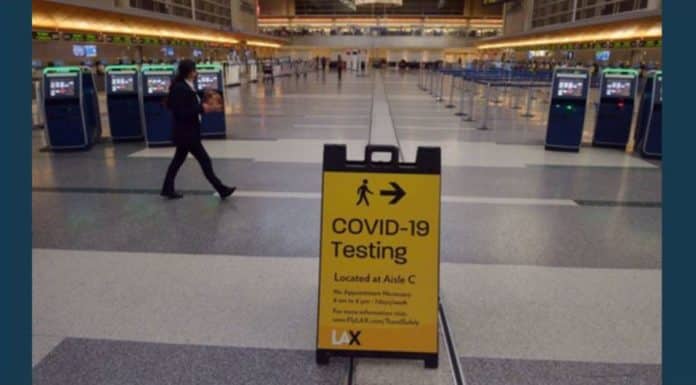
March 18 (UPI) — Elderly people infected with the coronavirus are more likely to get reinfected by the bug a few months after recovery than younger people who have had COVID-19, a study published Wednesday by The Lancet found.
Although most people infected with COVID-19 have about 80% immunity from catching it again for at least six months, people age 65 and older have less than 50% immunity, the data showed.
Still, fewer than 1% of those infected with the virus once get sick again within six months, though this could change as new variants emerge, the researchers said.
The findings highlight the importance of measures to protect the elderly during the pandemic, such as prioritizing them for vaccines, even if they have recovered from COVID-19.
“Our study confirms what a number of others appeared to suggest: Reinfection with COVID-19 is rare in younger, healthy people, but the elderly are at greater risk of catching it again,” study co-author Steen Ethelberg said in a press release.
“Since older people are also more likely to experience severe disease symptoms, and sadly die, our findings make clear how important it is to implement policies to protect the elderly during the pandemic,” said Ethelberg, a professor of global health at Statens Serum Institute in Denmark.
To date worldwide, fewer than 100 confirmed cases of reinfection have been reported. These are instances in which people infected with the coronavirus have become sick with the virus again after full recovery, according to Ethelberg and his colleagues.
In addition, up to 2,000 cases of suspected reinfection have been reported, although some of these people may have had lingering symptoms from their initial illness.
For this study, the researchers analyzed data collected as part of Denmark’s national COVID-19 testing strategy, through which two-thirds of the country’s population, or 4 million people, were tested in 2020 regardless of symptoms.
They used this data, which encompassed the country’s first and second waves, to estimate protection against repeat infection with the original COVID-19 strain first identified in Wuhan, China.
Among people who had COVID-19 during the first wave between March and May 2020, only 0.65% tested positive again during the second wave from September to December 2020.
Of those age 65 and younger who had COVID-19 during the first wave, 0.60% tested positive again — after testing negative — during the second wave, the researchers said.
Among people age 65 and older, 0.88% of those infected during the first wave tested positive again in the second wave.
Based on the differences in apparent reinfection rates, prior infection gives people age 65 and younger around 80% protection against reinfection, while those older than 65 older have 47% protection, they estimated.
No evidence existed that protection against repeat infection with COVID-19 waned within six months.
However, further studies are needed to assess how protection against repeat infection might vary with different COVID-19 strains currently circulating, according to the researchers.
This includes the “U.K.” variant, which is expected to become the predominant one in the United States in the coming weeks, research suggests.
“Given what is at stake, the results emphasize how important it is that people adhere to measures implemented to keep themselves and others safe, even if they have already had COVID-19,” Ethelberg said.
“Our insights could also inform policies focused on wider vaccination strategies and the easing of lockdown restrictions,” he said.






